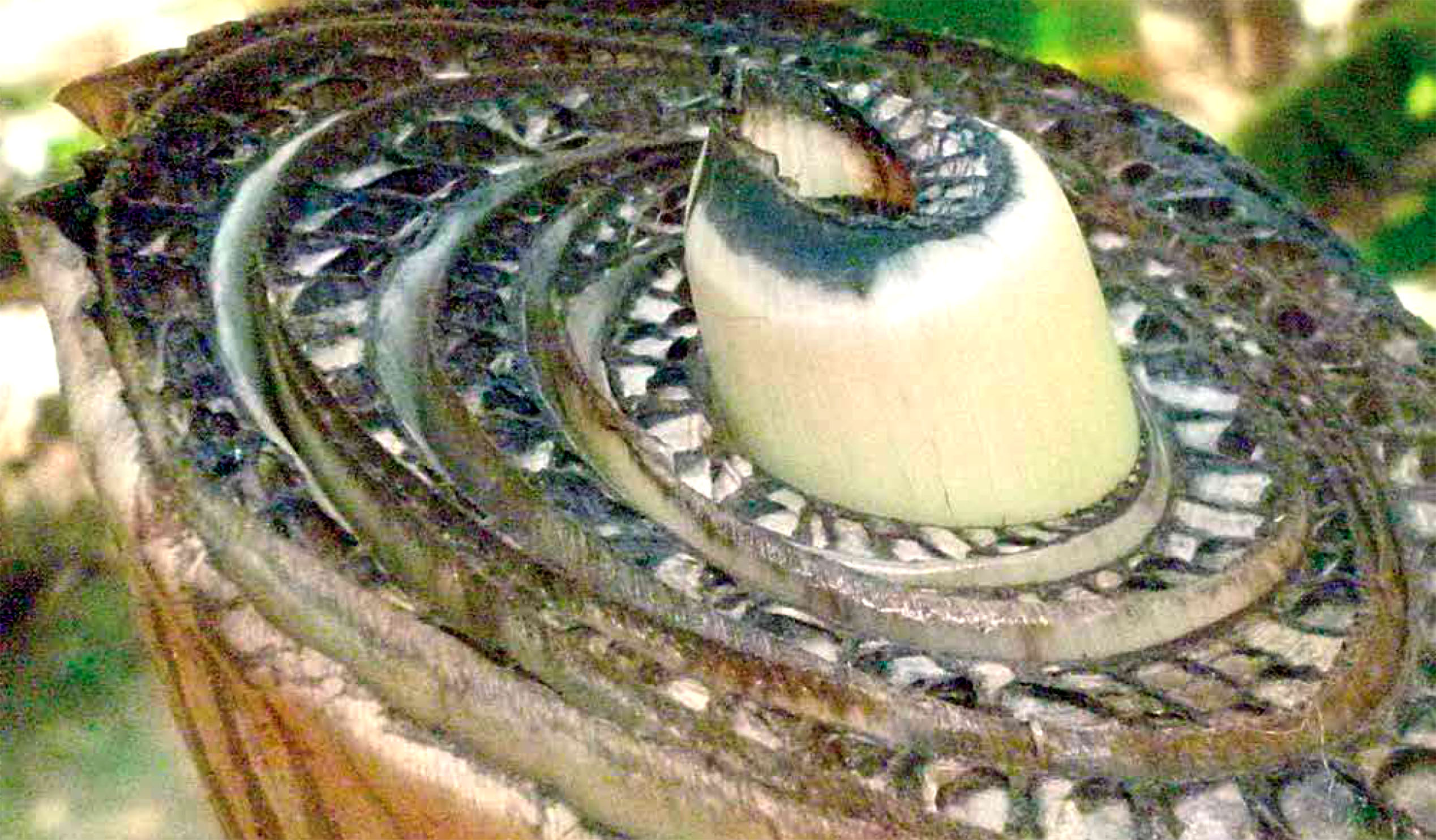Common Hartón plantain: propagation methods
Abstract
Plantains and bananas are the main Musaceae used in human food worldwide (CORPOZULIA-CIPLAT, 2008, Nava et al., 2010). In Venezuela, 117,524 hectares of bananas and bananas are planted, with a production of 1.7 million tons, which represent 53% of the area dedicated to the cultivation of fruit trees in the country and 64% of the total volume of fruits produced. For the effect of the Trujillo state, the musáceas have acquired great importance in the last years, emigrating towards this cultivation areas previously destined to cattle raising and sugar cane.
References
Nava, J.C., H. Villarreal, H. Madueño, C. Nava y C. Castro de Rincón. 2010. Determinación de la curva de crecimiento del fruto de Cambur Manzano (Musa AAB) en el municipio Miranda, estado Trujillo, Venezuela.Revista Facultad Agronomía (LUZ). 27: 384-398 pp.
Rodríguez, D. 2000. Ocurrencia de Fusarium oxysporum en plantaciones de cambur ‘manzano’ en el estado Trujillo, Venezuela. Fitopatol. Venez. 13:22-24.
Martínez G., O. Tremont y J. Hernández. 2002. Manual técnico para la propagación de musáceas.
Empresa Regional del Sistema Hidráulico de Trujillo (ERSHT).1995. Estudio de diagnóstico de la planicie aluvial del río Motatán.


